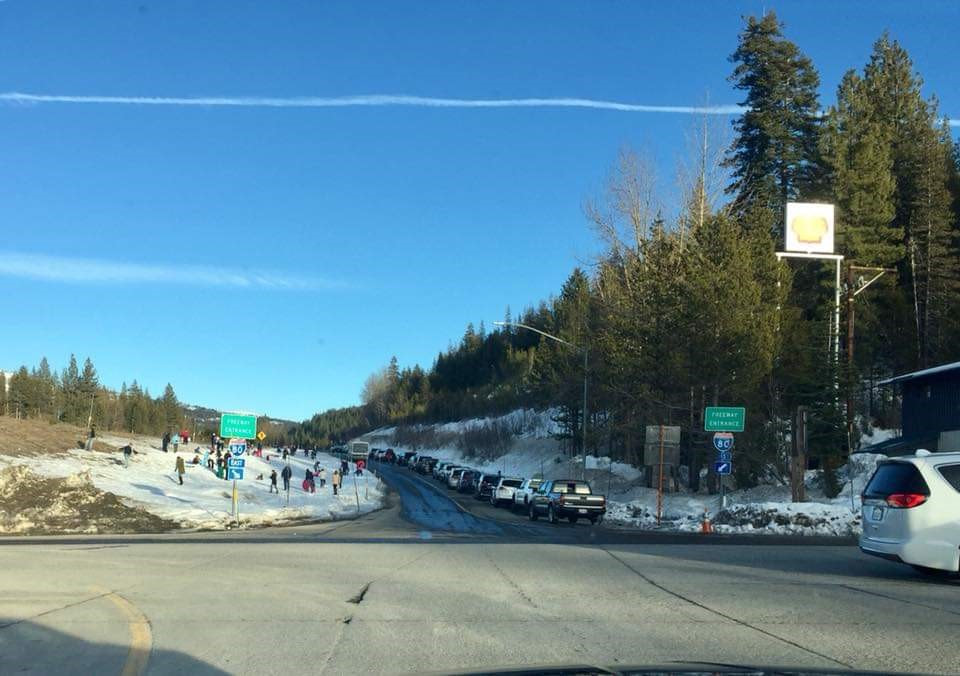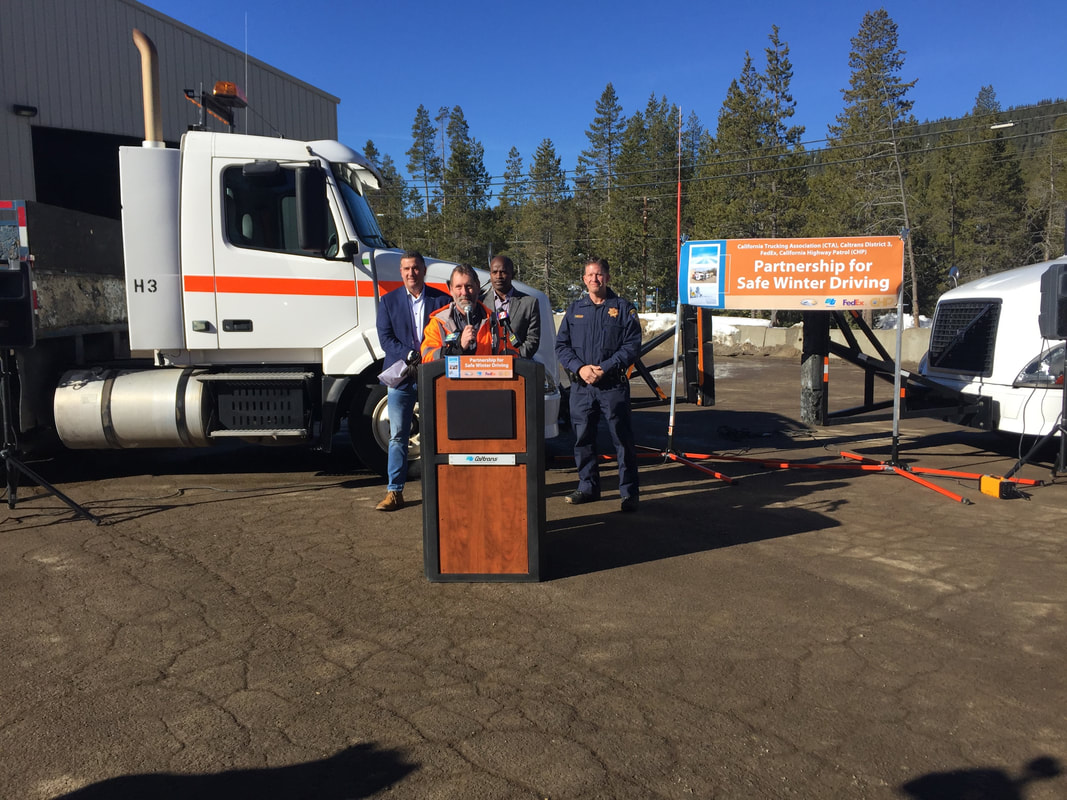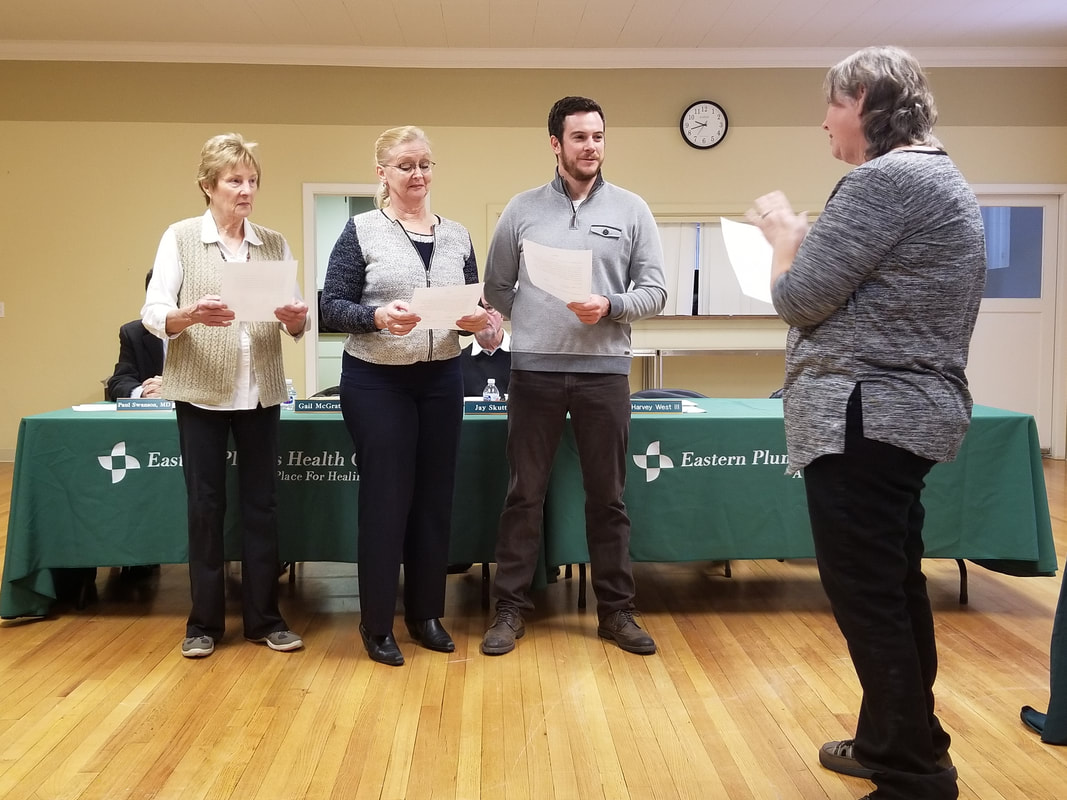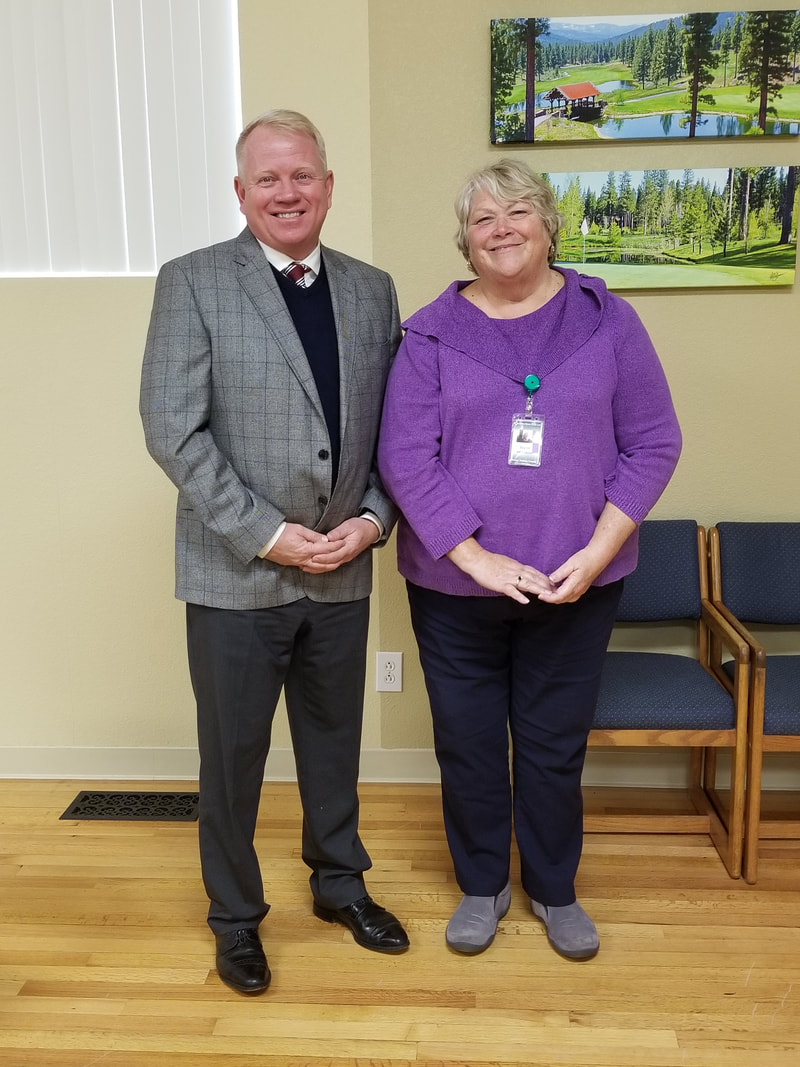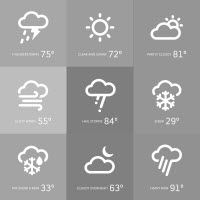Anyone who has taken the time to pay attention to themes of the Plumas Sierra County Fair, would see that they have been all over the map. Some have reflected the point in time of the Fair; like “150th Anniversary” in 2009 or “Come Alive in ‘75” for 1975. Others were calls to action; the first modern Fair in 1940 was based on the theme “It’s Your Fair, So Be There”. After that, it would appear organizers didn’t feel the need for a theme until 1952. At that time, there was a close connection between the Fair and the Plumas Chamber of Commerce, the former led by the legendary Tulsa St. Elmo Scott and the latter by Chet Peckinpah, both members of the Western Fairs Association Hall of Fame. That year features the first of several that promoted the economy and attractions of the County; “Lumbering Progress”. Although the use of themes was still sporadic, later years had similar motives; “Outdoor Glory”, “Natural Resources….Plumas County’s Wealth” and “Progress’n Plumas Style”.
History had its turn on many occasions. 1976 featured “Plumas Pride In Our Past, Faith In Our Future”, followed in 1977 with “The Old West At Its Best”. 1983 made a nod to agriculture and history with “Harvest of History”. And of course, the old faithful rhyming and word play themes seemed to be popular since the 80’s. “A Family A-Fair” in 1985, and “Bales, Tails & Happy Trails” in 2010. The past few years though, the Plumas Sierra County Fair Board has made choices that have given the Fair an opportunity to address issues that can educate and inspire our community. The 2017 theme of “Art to Ag” was awarded First Place among fairs with attendance of 100,000 or less on the West Coast, as well as being nominated as one of the top 5 outstanding programs of fairs of all sizes.
The 2019 Plumas Sierra County Fair Theme is “Show What You Grow, Share What You Know”. The theme acknowledges the Fair’s deep connection with agriculture by inviting everyone to enter what they have grown, or raised. That might include vegetables or flowers from your garden, or even a potted plant. The second part of the theme is more universal. It is our opportunity to share our knowledge with each other. Fair Manager John Steffanic says the Fair is not looking to do that in a passive way. “We would really like to tap the extensive knowledge and experience of our community, and offer that to anyone who may be interested.” He describes classes, workshops and presentations in every area of the fair. “I would love to find someone who may have travelled to another part of the world and has photos and stories to share,” Steffanic said, “Or, if someone wants to offer a quick class in how to play ukulele, that’s the kind of thing we are looking for!” He invites anyone who may have an expertise in something floriculture, sewing, cooking, painting, travel or even home improvement, to contact him at the Fair office.
“Everyone has a bit of a teacher in them,” he offered, “this is their chance to play that role.” Steffanic hopes to have dozens of topics covered during the five days of the Fair; August 14 through the 18th, 2019. Fair goers that attend classes will be given a “transcript” that will keep track of what topics they experienced. Who knows what sort of rewards await those that fill up their class schedules!
Besides the mentioned class offerings, the Fair is reaching out to all the schools in the area to help promote education any way possible. From having a county wide science fair to offering free entries for school projects, the Plumas Sierra County Fairs wants everyone in both counties to be touched by the gift of learning.
The 2019 Exhibit Guide is scheduled for release around the first week of February. “The exhibit guide is the portal to a successful fair,” declared the Fair Manager. “We are so strong in our Art Barn entries, but really need to see a significant increase in entries to the Floriculture and Home Arts Buildings.” Steffanic emphasized that the more entries, the stronger the fair.
In an effort to help improve the number of competitive entries, Fair U will make its return on Saturday, March 2 at the fairgrounds. This workshop features several classes on how to grow, raise and make projects to enter into the Fair in August. Further details on that event will be released later in January, but Steffanic urges everyone to mark that date on their calendars.
